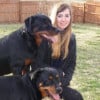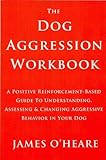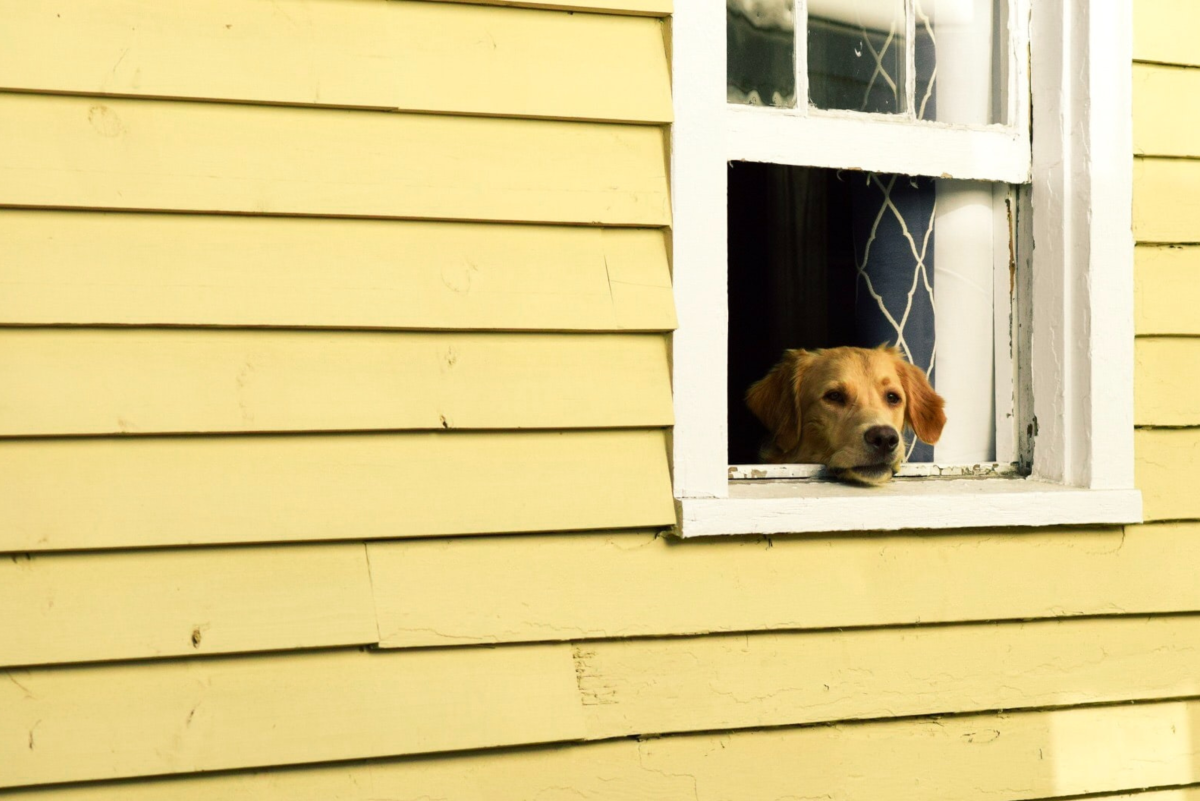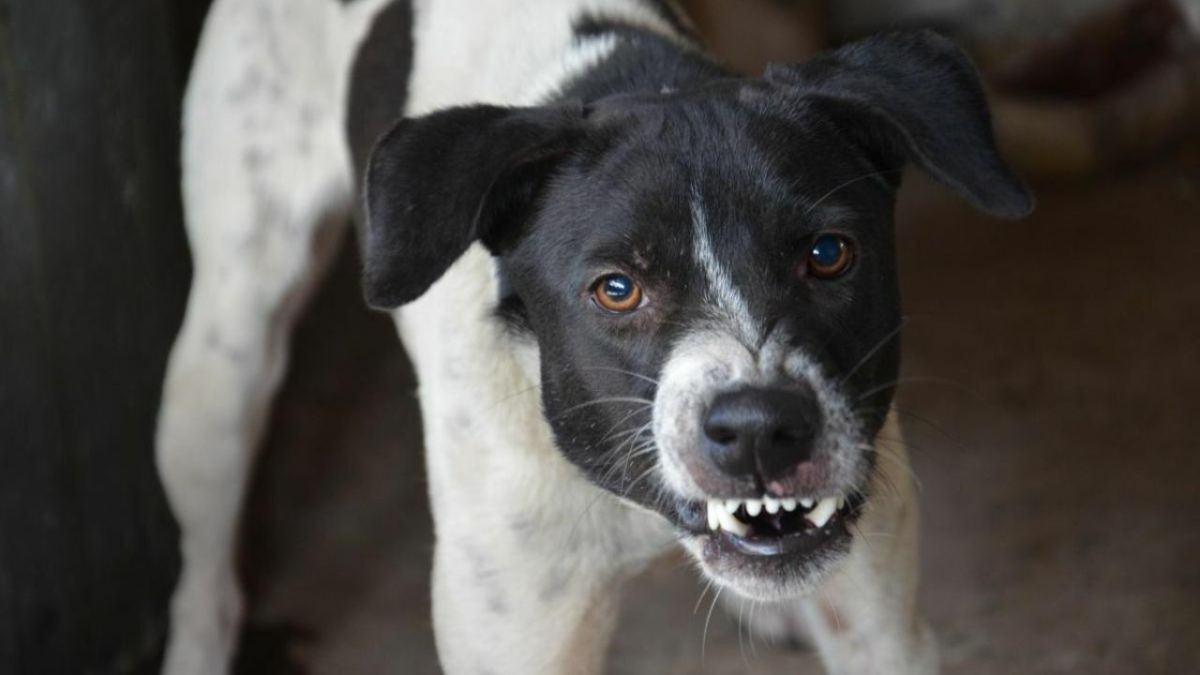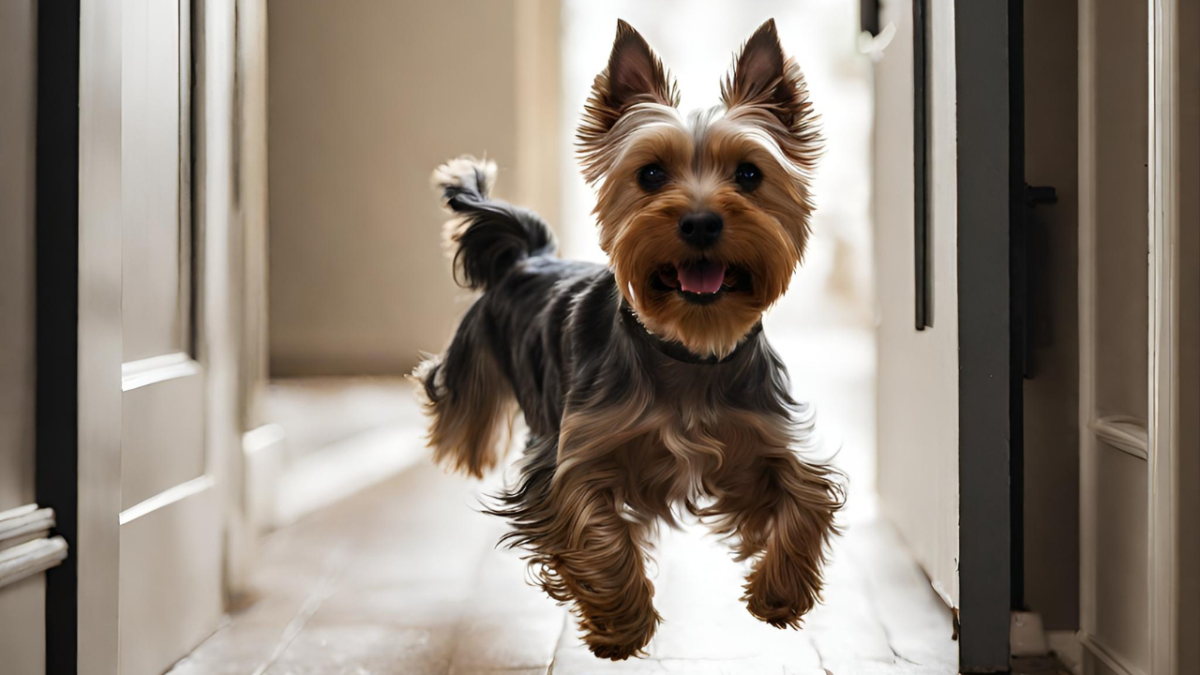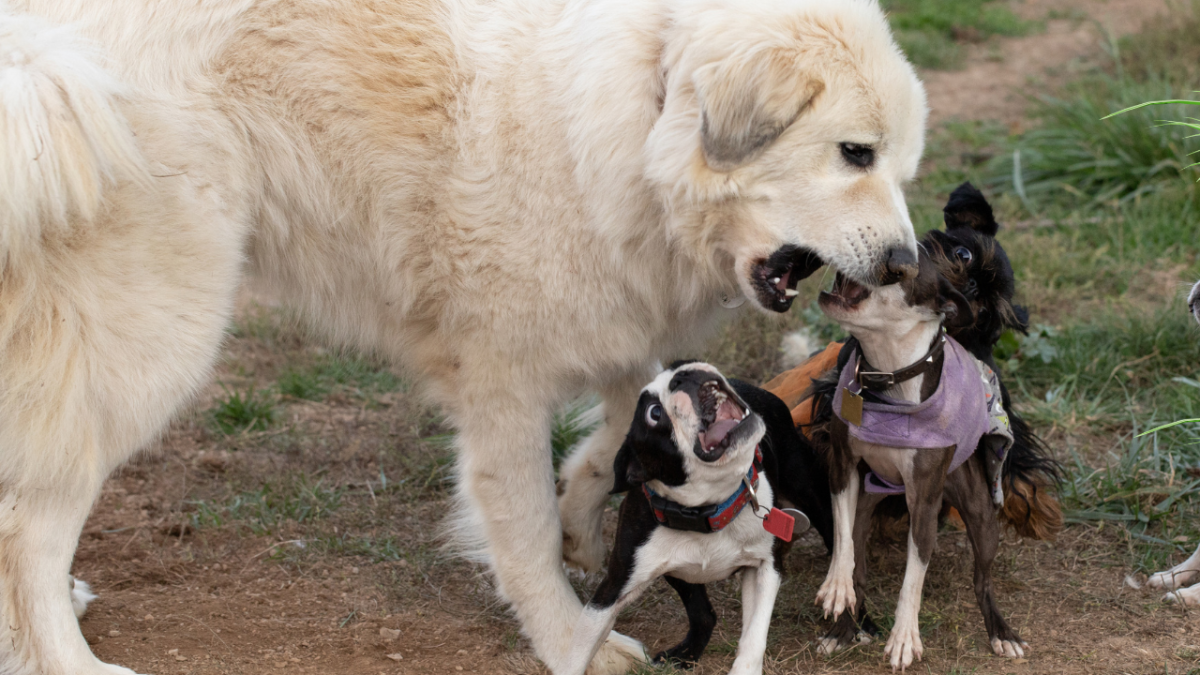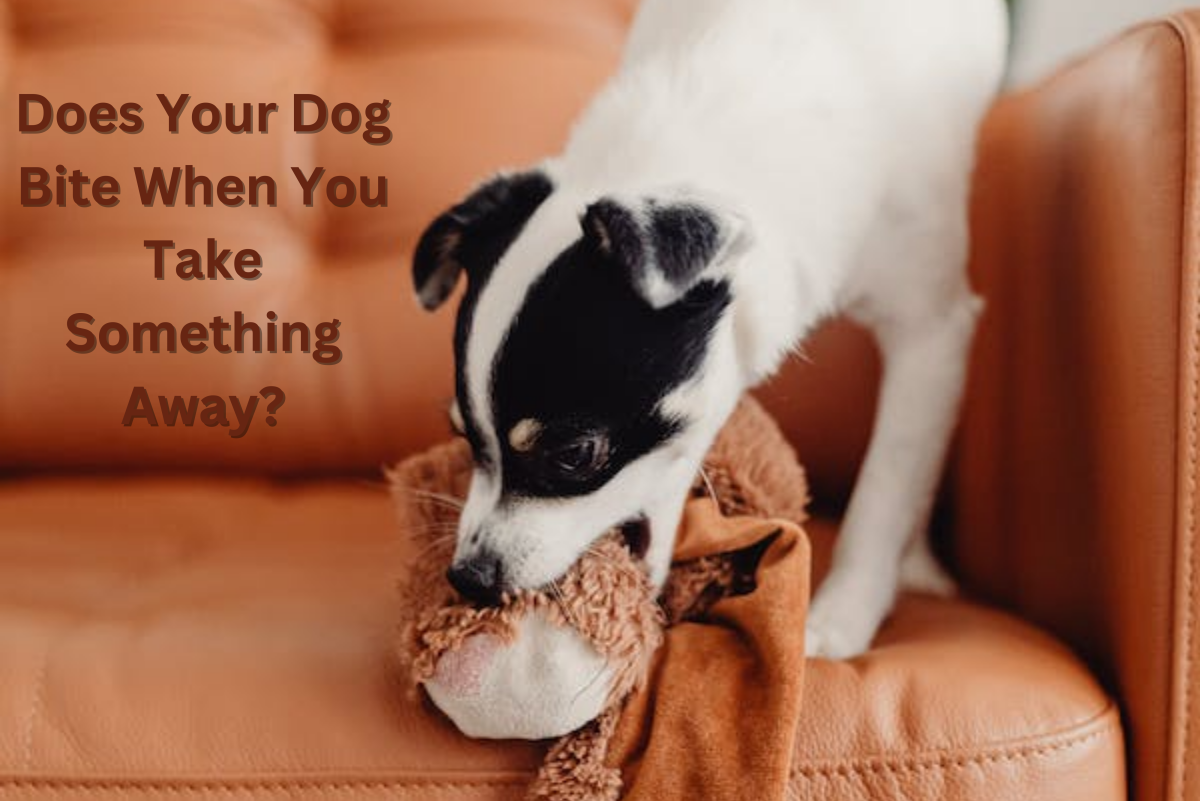- HubPages»
- Pets and Animals»
- Dogs & Dog Breeds»
- Dog Behavior
How to Determine if Your Dog is Aggressive
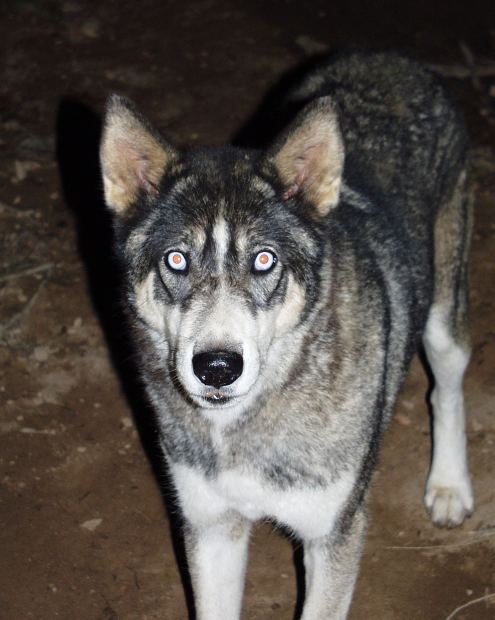
Admitting you own an aggressive dog is often as challenging as treating the aggression in the first place. Indeed, many owners have a difficulty admitting their dog has become aggressive and often will make up excuses such as ''he will outgrow it'' or ''it will get better''. The bad news is that, more often then not, the dog will get worse if not treated, and dogs do not appear to have a tendency to grow out of it without professional intervention. It also must be considered that some owners are also not willing to invest time and money on solving their dog's aggression issues.
There are several signs a dog has aggressive issues and some are quite evident while others may be a bit subtle. Most people can easily detect an aggressive dog from many feet away as the accompanying symptoms are pretty straightforward. However, as already mentioned there may be some quite subtle signs of impending aggression before they upgrade to a full blown attack.
How to Determine if your Dog has Aggression Issues
A good place to start is to take a look at the dog's body language. Dogs mainly use their body to communicate their state of mind and aggression can be expressed with a variety of body cues accompanied by verbal communication. Following are some of the most common signs suggesting aggression in dogs:
• Raised Hackles
Not everybody knows what and where a dog's hackles are. A dog's hackles basically consist of the hairs found along the dog's backbone, exactly from the neck up to the tail. The hair at this site has a special piloerection function, in other words, it is capable of raising up as seen in cats, under certain circumstances. Aggressive or fearful dogs may raise their hackles in an attempt to appear larger.
• Growling
Growling is a low, guttural sound emitted by dogs. It often is an aggressive or aggressive fearful dog's way of saying ''stay away or stop this or I will bite''. As intimidating as a growl is, however it plays an important role in identifying aggression before it is too late. A dog that growls is able to communicate to the person or other dog to be very cautious and may help avoid a bite. A growl should not generally be punished as the punished dog may learn to avoid the growl and go to the next step: snarling and biting.
• Snarling
A snarl takes place when the dog lifts its upper lip to show its pearly whites. This is the canine equivalent of a human pointing a gun or a knife. The dog is basically showing its best weapon to alert you that he may use it. This action may still give you a chance of not getting bit if you react in the right way, however it should always be taken seriously.
• Snapping
A snap is an open air bite, in other words the dog appears to bite the air. The intent is to really bite, but this action is mostly performed by dogs who really did not want '' to connect''. This should not be underestimated as well, as if the stress increases, the dog will not think twice to make contact and bite.
- Biting
Biting is the most famous form of aggression. This is the ''wake up call'' for most dog owners where they often start taking seriously their dog's behavioral problems. At this stage, the dog needs immediate attention by a dog behaviorist, even though he or she should ideally, have been called to deal with the ordeal earlier.
These are the most evident signs of stress and aggression in dogs. There are however dog signs of stress that can be seen far before the aggression takes place such as the dog licking its lips, yawning or trying to avoid a situation. Knowing your dog's body language well may help you recognize the early signs of aggression in your dog.
There are many reasons why dogs may act aggressively. Some common ones are pain, fear and anxiety. Dogs therefore may exhibit aggression in different ways, they may appear fearful and anxious, or on the other hand, they may look confident and secure. There is also a wide range of types of aggression: pain aggression, maternal aggression, dominant aggression, territorial aggression and possessive aggression are just a few types.
As seen, a dog demonstrates its aggressive tendencies in a variety of ways. It does not help being in denial and ignoring the problem. If your dog has never bitten before but shows signs of aggression, it is time to seek a professional dog behaviorist before the dog bites. It is unfortunate the often professional help is only sought after an unfortunate incident, when the problem is much more difficult to deal with.
For further reading
- Warning Signs of Potentially Dangerous and Aggressiv...
Fodd Many times dogs owners are faced with behaviors from their canine friends that are a bit far from what would be expected from ''man's best friend''. Such behavior issues are often ignored or excused with... - Reasons Why Dogs Growl
Your dog may growl for several reasons. He may growl at you if you get too close to his bone, if you try to move him off the couch, if you tend to abuse him, or he may growl at other dogs and people. In...
